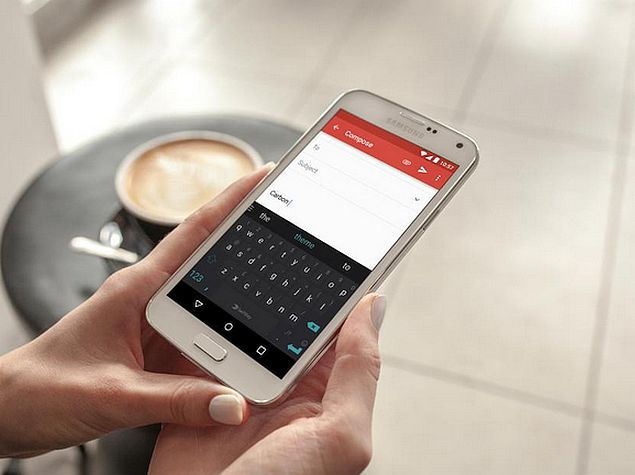In March of 2015 the 0.10.0 version of OpenConnect VPN was released. One of its main features is the addition of MS-KKDCP support and GSSAPI authentication. Putting the acronyms aside that means that authentication in FreeIPA, which uses Kerberos, is greatly simplified for VPN users. Before explaining more, let’s first explore what the typical login process is on a VPN network.
Currently, with a VPN server/product one needs to login to the VPN server using some username-password pair, and then sign into the Kerberos realm using, again, a username-password pair. Many times, exactly the same password pair is used for both logins. That is, we have two independent secure authentication methods to login to a network, one after the other, consuming the user’s time without necessarily increasing the security level. Can things be simplified and achieve single sign on over the VPN? We believe yes, and that’s the reason we combined the two independent authentications into a single authentication instance. The user logs into the Kerberos realm once and uses the obtained credentials to login to the VPN server as well. That way, the necessary passwords are asked only once, minimizing login time and frustration.
How is that done? If the user needs to connect to the VPN in order to access the Kerberos realm, how could he perform Kerberos authentication prior to that? To answer that question we’ll first explain the protocols in use. The protocol followed by the OpenConnect VPN server is HTTPS based, hence, any authentication method available for HTTPS is available to the VPN server as well. In that particular case, we take advantage of the SPNEGO, and the the MS-KKDCP protocols. The former enables GSSAPI negotiation over HTTPS, thus allowing a Kerberos ticket to be used to authenticate to the server. The MS-KKDCP protocol allows an HTTPS server to behave as a proxy to a Kerberos Authentication Server, and that’s the key point which allows the user to obtain the Kerberos ticket over the VPN server protocol. Thus, the combination of the two protocols allows the OpenConnect VPN server to operate both as a proxy to KDC and as a Kerberos-enabled service. Furthermore, the usage of HTTPS ensures that all transactions with the Kerberos server are protected using the OpenConnect server’s key, ensuring the privacy of the exchange. However, there is a catch; since the OpenConnect server is now a proxy for Kerberos messages, the Kerberos Authentication Server cannot see the real IPs of the clients, and thus cannot prevent a flood of requests which can cause denial of service. To address that, we introduced a point system to the OpenConnect VPN server for banning IP addresses when they perform more than a pre-configured amount of requests.
As a consequence, with the above setup, the login processes is simplified by reducing the required steps to login to a network managed by FreeIPA. The user logs into the Kerberos Authentication Server and the VPN to the FreeIPA managed network is made available with no additional prompts.
Wouldn’t that reduce security? Isn’t it more secure to ask different credentials from the user to connect to the home network and different credentials to access the services into it? That’s a valid concern. There can be networks where this is indeed a good design choice, but in other networks it may be not. By stacking multiple authentication methods you could result in having your users trying the different credentials to the different login prompts, effectively training the less security-oriented to try the passwords they were provided anywhere until it works. However, it is desirable to increase the authentication strength when coming from untrusted networks. For that, it is possible, and recommended, to configure FreeIPA to require a second factor authenticator (OTP) as part of the login process.
Another, equally important concern for the single sign-on, is to prevent re-authentication to the VPN for the whole validity time of a Kerberos key. That is, given the long lifetime of Kerberos tickets, how can we prevent a stolen laptop from being able to access the VPN? That, we address by enforcing a configurable TGT ticket lifetime limit on the VPN server. This way, VPN authentication will only occur if the user’s ticket is fresh, and the user’s password will be required otherwise.
Setting everything up
The next paragraphs move from theory to practice, and describe the minimum set of steps required to setup the OpenConnect VPN server and client with FreeIPA. At this point we assume that a FreeIPA setup is already in place and a realm name KERBEROS.REALM exists. See the Fedora FreeIPA guide for information on how to setup FreeIPA.
Server side: Fedora 22, RHEL7
The first step to install the latest of the 0.10.x branch OpenConnect VPN server (ocserv) at the server system. You can use the following command. In a RHEL7 you will also need to setup the EPEL7 repository.
yum install -y ocserv
That will install the server in an unconfigured state. The server utilizes a single configuration file found in /etc/ocserv/ocserv.conf. It contains several directives documented inline. To allow authentication with Kerberos tickets as well as with the password (e.g., for clients that cannot obtain a ticket – like clients in mobile phones) it is needed to enable PAM as well as GSSAPI authentication with the following two lines in the configuration file.
auth = pam
enable-auth = gssapi[tgt-freshness-time=360]
The option ‘tgt-freshness-time’, is available with openconnect VPN server 0.10.5, and specifies the valid for VPN authentication lifetime, in seconds, of a Kerberos (TGT) ticket. A user will have to reauthenticate if this time is exceeded. In effect that prevents the usage of the VPN for the whole lifetime of a Kerberos ticket.
The following line will enable the MS-KKDCP proxy on ocserv. You’ll need to replace the KERBEROS.RELAM with your realm and the KDC IP address.
kkdcp = /KdcProxy KERBEROS.REALM tcp@KDC-IP-ADDRESS:88
Note, that for PAM authentication to operate you will also need to set up a /etc/pam.d/ocserv. We recommend to use pam_sssd for that, although it can contain anything that best suits the local policy. An example for an SSSD PAM configuration is shown in the Fedora Deployment guide.
The remaining options in ocserv.conf are about the VPN network setup; the comments in the default configuration file should be self-explicable. At minimum you’ll need to specify a range of IPs for the VPN network, the addresses of the DNS servers, and the routes to push to the clients. At this point the server can be run with the following commands.
systemctl enable ocserv
systemctl start ocserv
The status of the server can be checked using “systemctl status ocserv”.
Client side: Fedora 21, RHEL7
The first step is to install the OpenConnect VPN client, named openconnect, in the client system. The version must be 7.05 or later. In a RHEL7 you will need to setup the EPEL7 repository.
yum install -y openconnect network-manager-openconnect
Setup Kerberos to use ocserv as KDC. For that you’ll need to modify /etc/krb5.conf to contain the following:
[realms]
KERBEROS.REALM = {
kdc = https://ocserv.example.com/KdcProxy
http_anchors = FILE:/path-to-your/ca.pem
admin_server = ocserv.example.com
auto_to_local = DEFAULT
}
[domain_realm]
.kerberos.test = KERBEROS.REALM
kerberos.test = KERBEROS.REALM
Note that, ocserv.example.com should be replaced with the DNS name of your server, and the /path-to-your/ca.pem should be replaced by the a PEM-formatted file which holds the server’s Certificate Authority. For the KDC option the server’s DNS name is preferred to an IP address to simplify server name verification for the Kerberos libraries. At this point you should be able to use kinit to authenticate and obtain a ticket from the Kerberos Authentication Server. Note however, that kinit is very brief on the printed errors and a server certificate verification error will not be easy to debug. Ensure that the http_anchors file is in PEM format, it contains the Certificate Authority that signed the server’s certificate, and that the server’s certificate DNS name matches the DNS name setup in the file. Note also, that this approach requires the user to always use the OpenConnect’s KDCProxy. To avoid that restriction, and allow the user to use the KDC directly when in LAN, we are currently working towards auto-discovery of KDC.
Then, at a terminal run:
$ kinit
If the command succeeds, the ticket is obtained, and at this point you will be able to setup openconnect from network manager GUI and connect to it using the Kerberos credentials. To setup a VPN via NetworkManager on the system menu, select VPN, Network Settings, and add a new Network of “CISCO AnyConnect Compatible VPN (openconnect)”. On the Gateway field, fill in the server’s DNS name, add the server’s CA certificate, and that’s all required.
To use the command line client with Kerberos the following trick is recommended. That avoids using sudo with the client and runs the openconnect client as a normal user, after having created a tun device. The reason it avoids using the openconnect client with sudo, is that sudo will prevent access to the user’s Kerberos credentials.
# sudo ip tuntap add vpn0 mode tun user my-user-name
$ openconnect server.example.com -i vpn0
Client side: Windows
A windows client is available for OpenConnect VPN at this web site. Its setup, similarly to NetworkManager, requires setting the server’s DNS name and its certificate. Configuring windows for use with FreeIPA is outside the scope of this text, but more information can be found at this FreeIPA manual.
Conclusion
A single sign-on solution using FreeIPA and the OpenConnect VPN has many benefits. The core optimization of a single login prompt for the user to authorize access to network resources will result in saving user time and frustration. It is important to note that these optimizations are possible by making VPN access part of the deployed infrastructure, rather than an after thought deployment. With careful planning, an OpenConnect VPN solution can provide a secure and easy solution to network authentication.

![]()

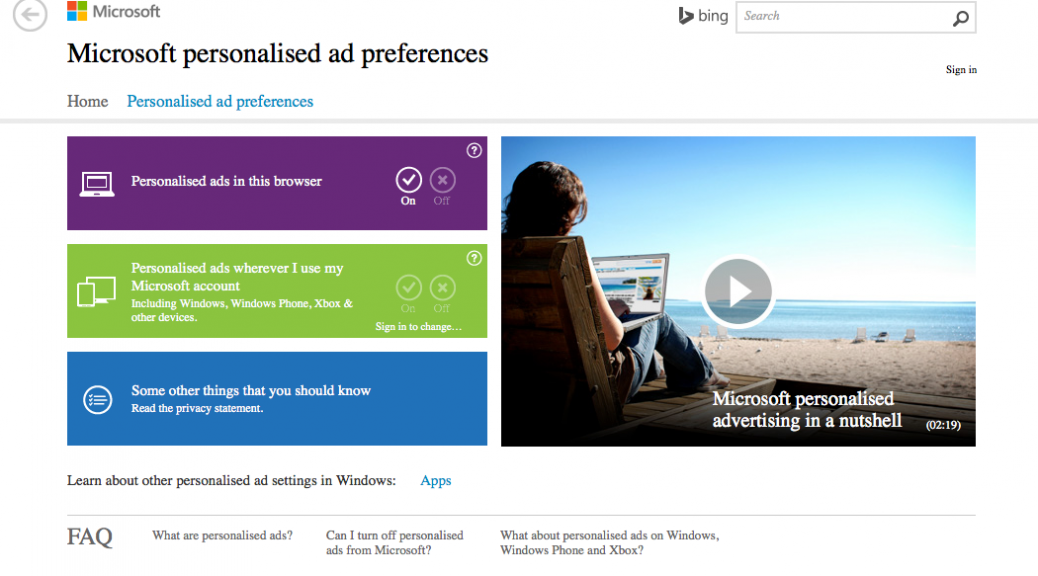
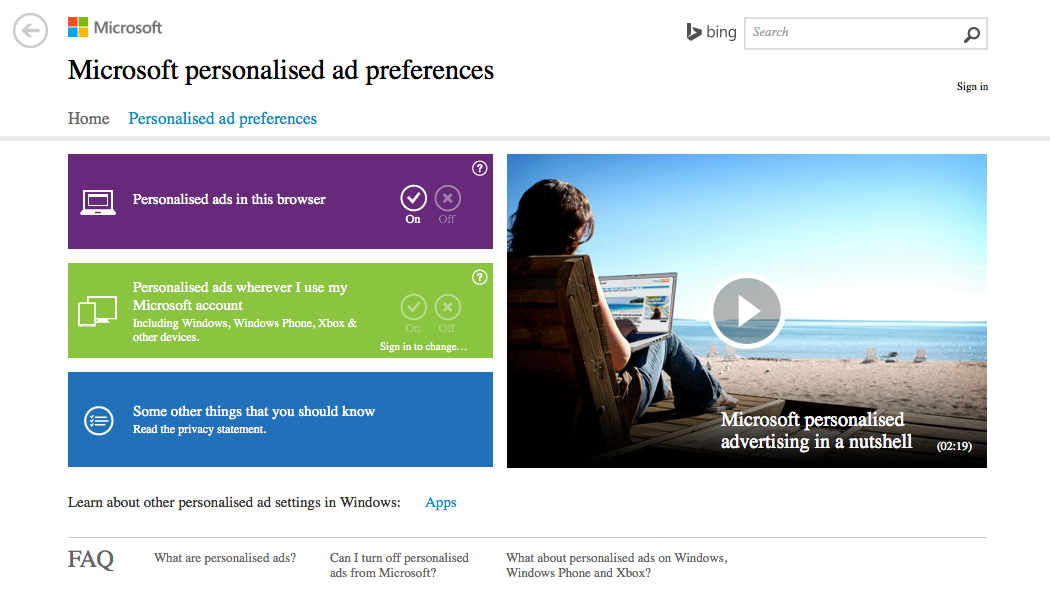
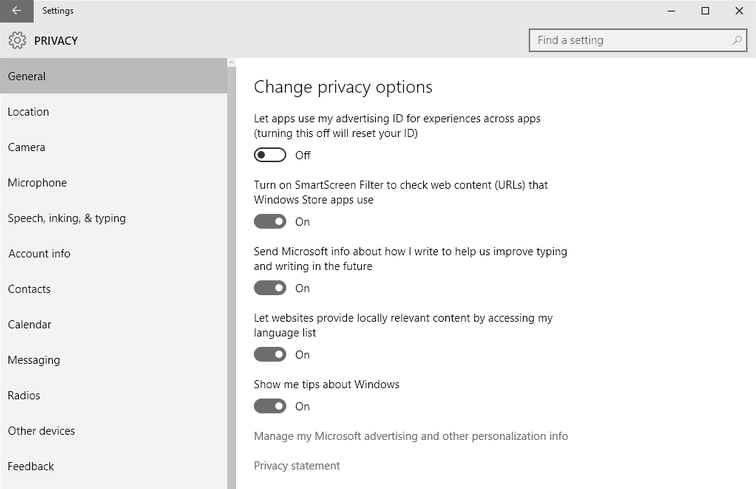
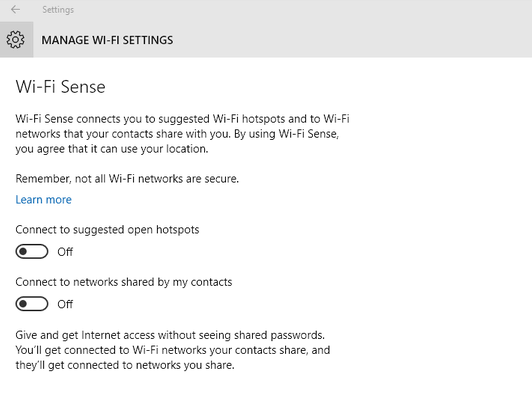
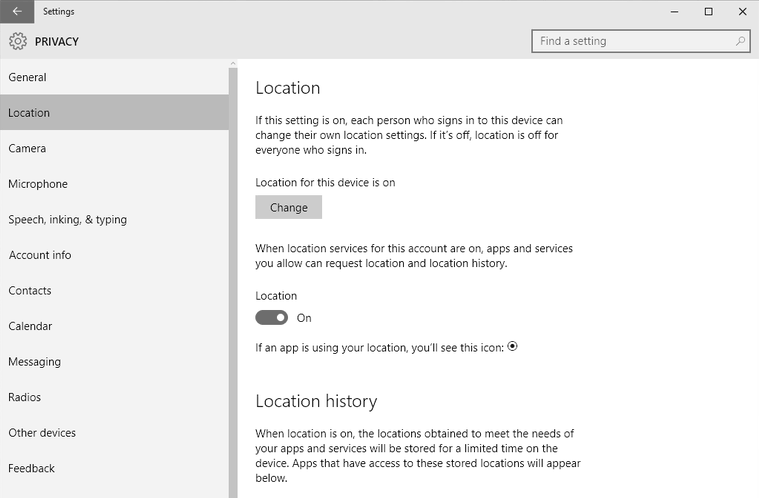

 More than 600 million Samsung phones were reported to be at risk because of a vulnerability found in the keyboard app SwiftKey. The best way to protect yourself is to use a virtual private network (VPN) when using an unsecured Wi-Fi hotspot. If you have a Samsung S6, S5, or S4, you need to read
More than 600 million Samsung phones were reported to be at risk because of a vulnerability found in the keyboard app SwiftKey. The best way to protect yourself is to use a virtual private network (VPN) when using an unsecured Wi-Fi hotspot. If you have a Samsung S6, S5, or S4, you need to read  As we learned from the Hola VPN service revelations, any old VPN service will not do. Hola was selling their users’ bandwidth and installing and running code on their devices without their knowledge or permission. Find out the details in
As we learned from the Hola VPN service revelations, any old VPN service will not do. Hola was selling their users’ bandwidth and installing and running code on their devices without their knowledge or permission. Find out the details in  Mobile developer Martin Banas, attended Apple’s Worldwide Developers Conference in San Francisco. Besides spending lots of time standing in lines, he enjoyed meeting other developers and hearing the latest news about OS X El Capitan and Apple Pay. Weren’t able to attend, bit wish you could have? Martin’s conference report,
Mobile developer Martin Banas, attended Apple’s Worldwide Developers Conference in San Francisco. Besides spending lots of time standing in lines, he enjoyed meeting other developers and hearing the latest news about OS X El Capitan and Apple Pay. Weren’t able to attend, bit wish you could have? Martin’s conference report, 

 More from the Edward Snowden files. It was revealed this week that U.S. and U.K. spy agencies were attempting to reverse engineer major antivirus companies software, including Avast’s. CEO Vince Steckler spoke to RT News about government spying in the computer age. You can read the article,
More from the Edward Snowden files. It was revealed this week that U.S. and U.K. spy agencies were attempting to reverse engineer major antivirus companies software, including Avast’s. CEO Vince Steckler spoke to RT News about government spying in the computer age. You can read the article,  And if the real world of cybercrime is not enough, our favorite new show of the summer Mr. Robot debuted on the USA Network this past week. We excitedly watched the first episode then talked to Avast security expert, Pedram Amini, to find out
And if the real world of cybercrime is not enough, our favorite new show of the summer Mr. Robot debuted on the USA Network this past week. We excitedly watched the first episode then talked to Avast security expert, Pedram Amini, to find out 